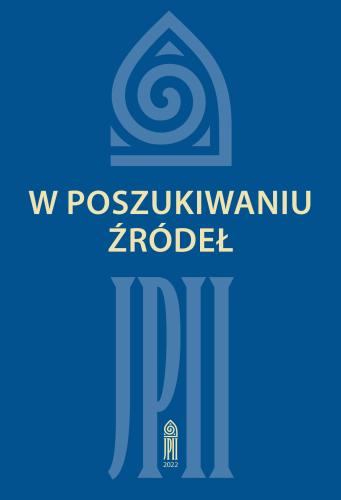Ukraińskie laboratorium ekumenizmu
Streszczenie
Despite the ongoing since 2014 war in Ukraine, we can speak of the positive effects of obtaining autocephaly by the Orthodox Church of Ukraine. They are already visible on at least three different levels. Firstly, despite the opposition of the Moscow Patriarchate, a large group of Ukrainians, who had been a part of a non-canonical structure before, were included in the family of world Orthodoxy. Secondly, it resulted in significant self-identity enhancement of Ukrainians, who wanted to separate from Russia on all levels of national and social life. And finally, this decision opened the possibility of transition to the next level of ecclesiological reflection on the tradition of Kyivan Christianity. A special role in this process plays the Ukrainian Greek Catholic Church, that for many years has been promoting the idea of “dual koinonia”, i.e. maintaining simultaneous unity with the Roman Church and the Church of Constantinople. In the late 1990s, the Ukrainian Greek Catholic Church began to develop its Ecumenical Concept. The leader of the group of specialists was Lubomyr Huzar, the auxiliary bishop of the head of the UGCC at the time. The Ecumenical Concept was approved at the synod held from August 31 to September 6, 2015, and was subsequently implemented on February 23, 2016. The document contains the most important objectives regarding dual koinonia, especially in relation to the Church of Constantinople. The authors of the document express the hope that all the Eastern Churches of Ukraine will unite in the form of a single patriarchate in koinonia with both the Roman Church and the sister Churches of the Christian East. Pope John Paul II called Ukraine a “laboratory of ecumenism”. Today we can see, how the ideas that can move ecumenism from a dead point are put into practice there.



